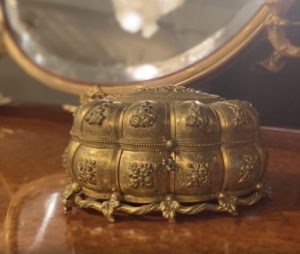François Linke
An Exceptionally Rare and Important Louis XV Style Centre Table
£160,000
A Gilt-Bronze Mounted Marquetry Table, By François Linke, the Mounts Designed by Léon Messagé. Linke Index No. 930. Signed 'Linke' to the upper...
Dimensions
Height: 75 cm (30 in)Width: 100 cm (40 in)
Depth: 61 cm (25 in)
Description
A Gilt-Bronze Mounted Marquetry Table, By François Linke, the Mounts Designed by Léon Messagé.
Linke Index No. 930.
Signed ‘Linke’ to the upper bronze moulding.
Stamped ‘FL’ to the reverse of the bronze mounts.
Stamped to the carcass ‘Made in France’.
Of exhibition quality this magnificent table has a fine marquetry inlaid top and sumptuous gilt-bronze mounts, designed and sculpted by Léon Messagé. The shaped gilt-bronze mounted serpentine top is finely inlaid with scrolling bois de bout floral marquetry, above an undulating frieze set to the front with a long drawer and centred by a female mask, the sides are mounted with exuberant scallop-shell mounts and the angles with lively and emotive female espagnolettes emblematic of Modestie and Coquetterie; the table is raised on cabriole legs terminating in shell-capped scrolled sabots.
A rare example in Linke’s oeuvre, the table is a variation of a larger example index number 930, described by Linke as modèle riche, which included an elaborate stretcher with banner-bearing cherubs based on Léon Messagé’s celebrated sculptural group ‘La Source’ (illustrated C. Payne, François Linke: The Belle Epoque of French Furniture, Woodbridge, 2003; p.172, Pl. 186). Linke workshop’s cliché of the larger modèle riche is illustrated in C. Payne, François Linke: The Belle Epoque of French Furniture, Woodbridge, 2003; p.483.
The exceptional sculptural mounts are characteristic of the very finest 19th Century furniture created through François Linke and Léon Messagé’s collaboration. Messagé’s enhanced Louis XV Rococo style embraces the asymmetrical lines of designers such as J.A. Meissonnier, to create lively and emotive figures linked by sinuous encadrement, but cleverly modernised to reflect the surge of popularity of the Art Nouveau.
The female busts, referred to by Linke as Coquetterie et Modestie, although reminiscent of the paintings of François Boucher and Flaconet have moved on in their design from the classical espagnolette, introduced by Charles Cressent in the 18th century, to become something new and vital.
Designed for the celebrated ‘Commode coquille: Coquetterie et Modestie’ (index 559), presented at his award-winning stand at the 1900 Exposition Universelle in Paris, (C. Payne, François Linke: The Belle Epoque of French Furniture, Woodbridge, 2003; p.142-144, pl. 151), Linke was obliged to purchase their design at a tremendous cost from Messagé. First castings began in 1897 and they proved fruitful for Linke, becoming a favourite mount, repurposed by Linke for use on a number of important designs.
The larger version of the current table was intended to be displayed en suite with the commode but was not ready in time for the exhibition. It was first exhibited at the Salon des Industries du Mobilier in 1902, and again in Liège in 1905 (C. Payne, François Linke: The Belle Epoque of French Furniture, Woodbridge, 2003; p. 170-173).
Available in three sizes, 132 cm x 72 cm, 138 x 75 cm and an even larger version (index no. 965) the design proved popular with Linke’s clientele, which included commissions supplied to Elias Meyer in 1909 (Illustrated C. Payne; p.243, pl. 258), Madame d’Astoreca in 1910, Antonio Devoto in 1913 and for King Fuad I’s study at Ras al-Tin, Alexandria, Egypt in the 1920s , (Illustrated C. Payne; p.289, pl. 300).
The present example with its attractive size and absence of a stretcher is a very rare variation with only one other recorded example, a special commission for Ethel Pissis, an American divorcée from San Francisco who married François Linke’s second son Charles in March 1931. (C. Payne, François Linke: The Belle Epoque of French Furniture, Woodbridge, 2003; p. 319).
France, Circa 1910.
Date
Circa 1920
Origin
France
Medium
Marquetry and Gilt-Bronze
Signature
The upper molding signed 'Linke' and stamped 'FL' to the reverse of the bronze mounts.
François Linke (1855 – 1946) was the most important Parisian cabinet maker of the late nineteenth and early twentieth centuries, and possibly the most sought after cabinet maker of his period.
He was born in 1855 in the small village of Pankraz, in what is now the Czech Republic. Records show that Linke served an apprenticeship with the master cabinetmaker Neumann, then in 1875 at the age of 20 he arrived in Paris where he lived until he died in 1946.
It is known that the fledgling Linke workshops were active in Paris in the Faubourg St. Antoine as early as 1881, and during this time he supplied furniture for other more established makers such as Jansen and Krieger.
The quality of Linke’s craftsmanship was unsurpassed by any of his contemporaries and reached its peak with his spectacular stand at the Paris Exposition Universelle in 1900, where his Grand Bureau took the gold medal. He gambled his fortune and reputation on this stand, exhibiting several breathtaking items of furniture with sculptural mounts of the most exceptional quality and proportion. His gamble worked and his reputation was established to such an extent that Linke continued to be the pre-eminent furniture house in Paris until the Second World War.
As the Art Journal reported in 1900 on Linke’s stand:
‘The work of M. Linke … was an example of what can be done by seeking inspiration amongst the classic examples of Louis XV and XVI without in any great sense copying these great works. M. Linke’s work was original in the true sense of the word, and as such commended itself to the intelligent seeker after the really artistic things of the Exhibition. Wonderful talent was employed in producing the magnificent pieces of furniture displayed….’
The formation of Linke’s distinctive style was made possible by his collaboration with the sculptor Léon Messagé. Together Linke and Messagé designed furniture for Linke’s 1900 exhibition stand, with exuberant allegorical figures cast in high relief, that exemplified Linke’s ability to seamlessly merge the different mediums of wood carving, bronze and marquetry into a dynamic unified whole.
Today Linke is best known for the exceptionally high quality of his work, as well as his individualism and inventiveness. All of his work has the finest, most lavish mounts, very often applied to comparatively simple carcasses. The technical brilliance of his work and the artistic change that it represented were never to be repeated.
Bibliography:
Payne, Christopher. François Linke, (1855 – 1946), The Belle Époque of French Furniture, Antique Collectors’ Club, (Woodbridge, UK), 2003.
Meyer, Jonathan. Great Exhibitions – London, New York, Paris, Philadelphia, 1851-1900, Antique Collectors’ Club, (Woodbridge, UK), 2006; pp. 298 – 300.
Ledoux – Lebard, Denise. Les Ébénistes du XIXe siècle, Les Editions de l’Amateur, (Paris), 1984; pp. 439-43.
Revue Artistique & Industrielle, (Paris), July-August 1900.
Coral Thomsen, D. (ed), The Paris Exhibition 1900, The Art Journal, 1901; p.341.
Payne, Christopher. François Linke, (1855 – 1946), The Belle Époque of French Furniture, Antique Collectors’ Club, (Woodbridge, UK), 2003.
Meyer, Jonathan. Great Exhibitions – London, New York, Paris, Philadelphia, 1851-1900, Antique Collectors’ Club, (Woodbridge, UK), 2006; p.300, J29.
YOU MAY ALSO LIKE
-
£25,000 Add to cart
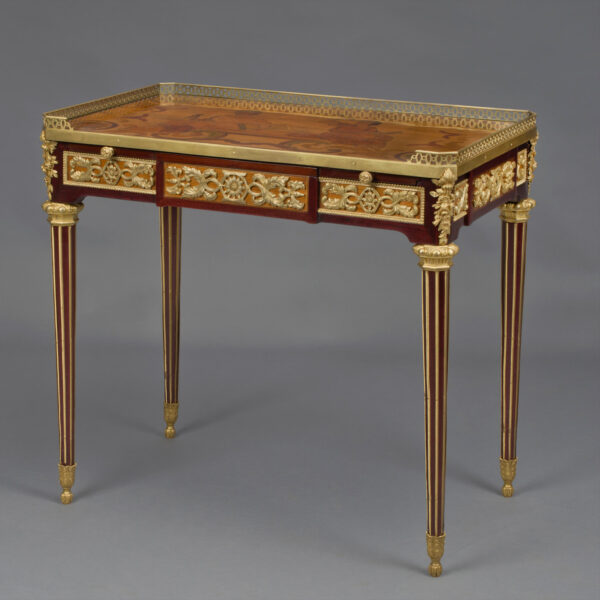
Jean-Henri Riesener
A Louis XVI Style Gilt-Bronze Mounted Marquetry Inlaid Writing Table
-
£65,000 Add to cart
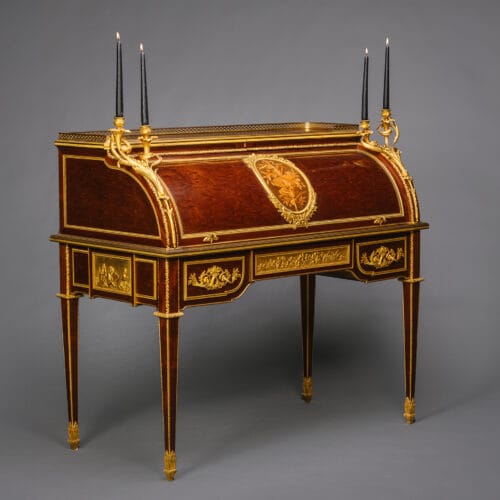
François Linke
A Rare Louis XVI Style Gilt-Bronze Mounted Mahogany Cylinder Bureau
-
£34,000 Add to cart
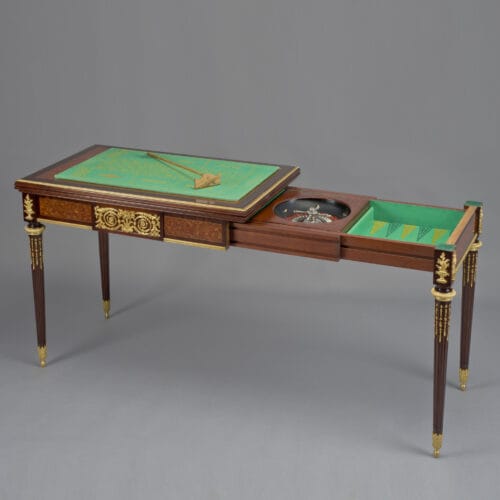
François Linke
A Fine Louis XVI Style Gilt-Bronze Mounted and Parquetry Inlaid Games Table
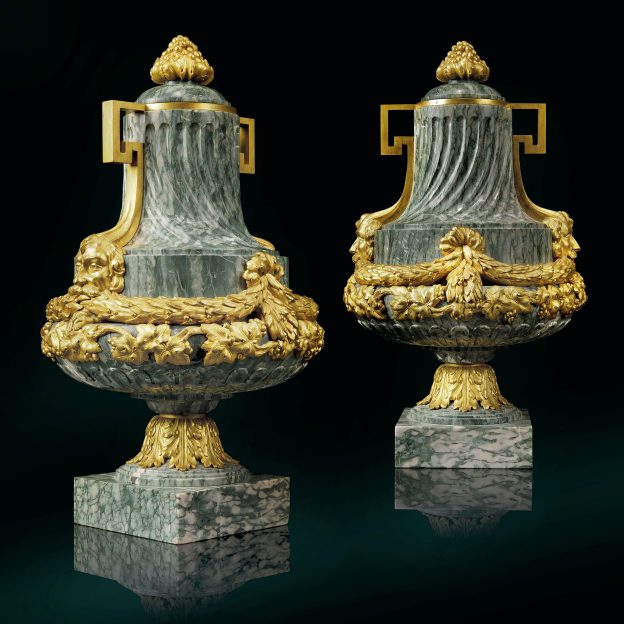




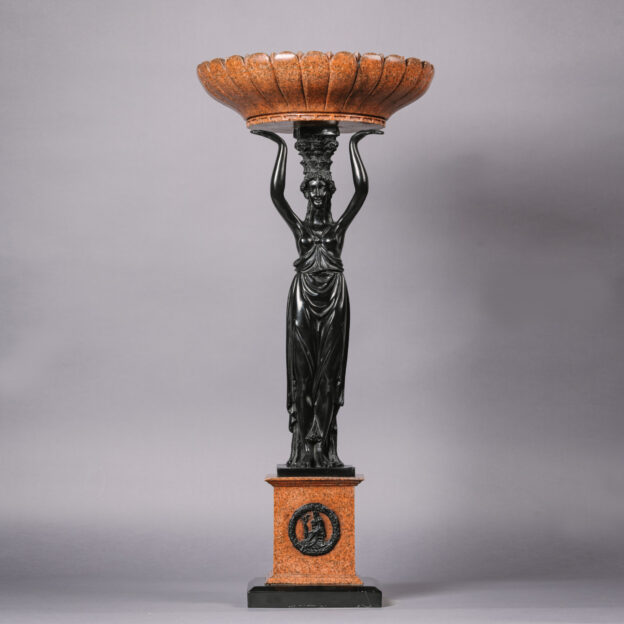
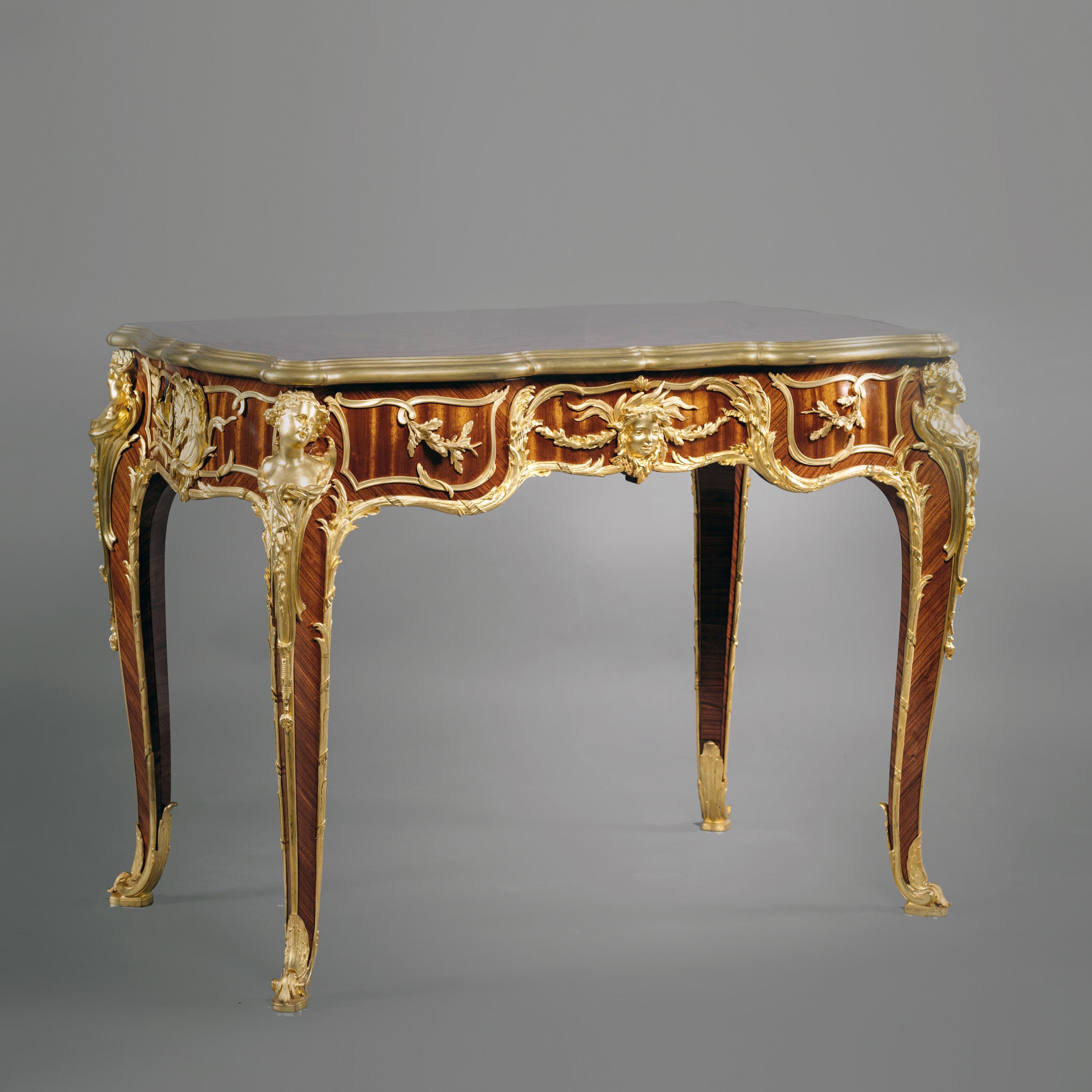
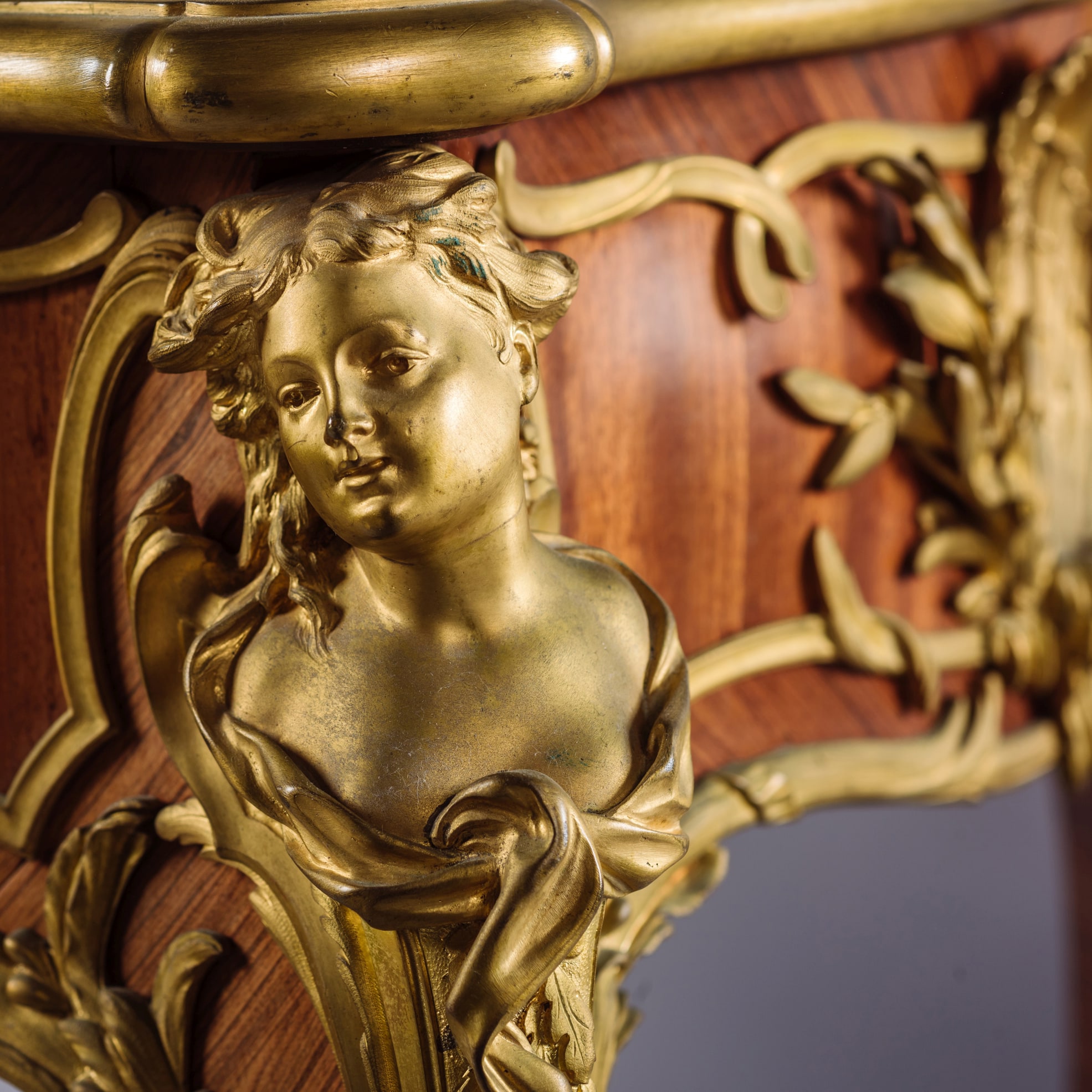
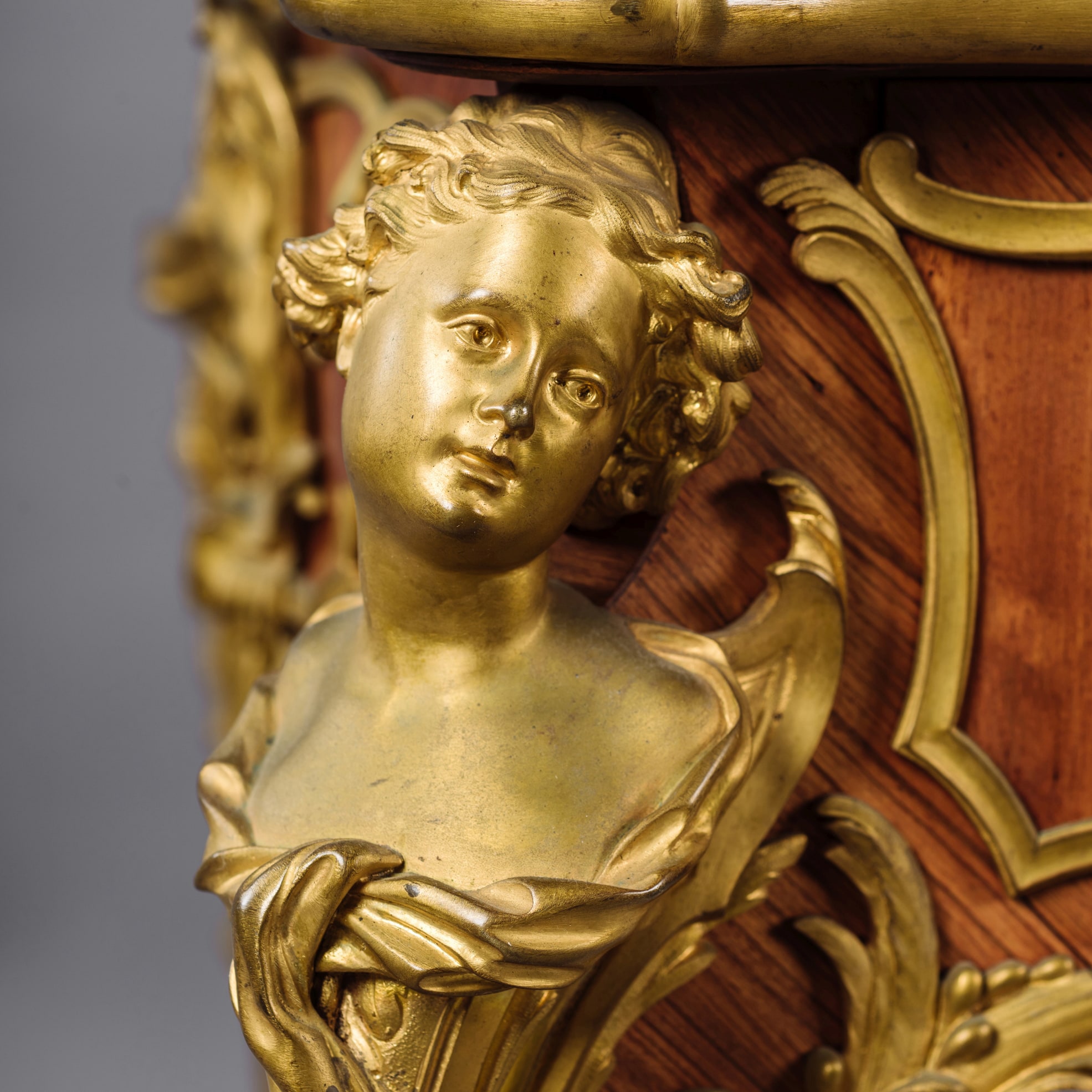
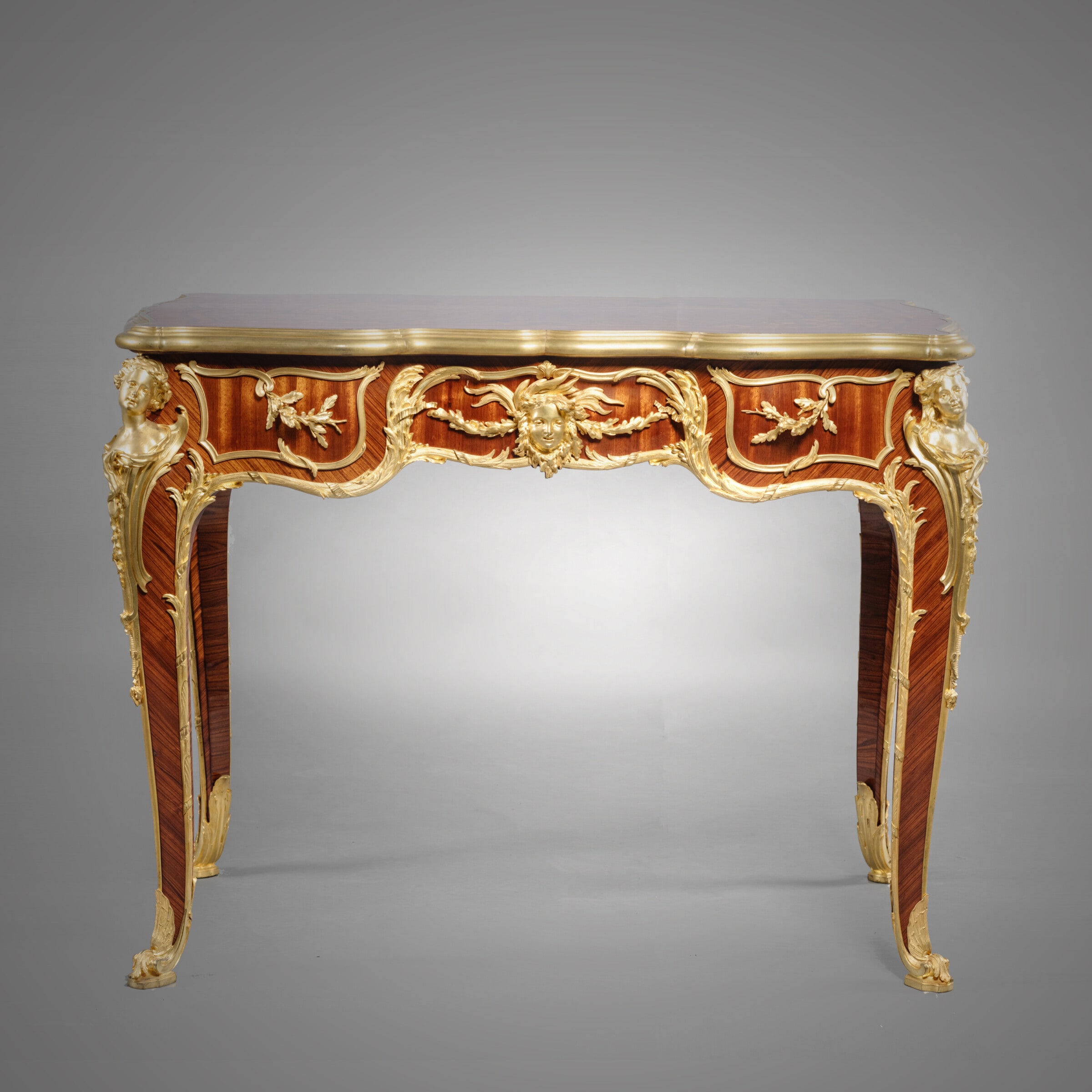
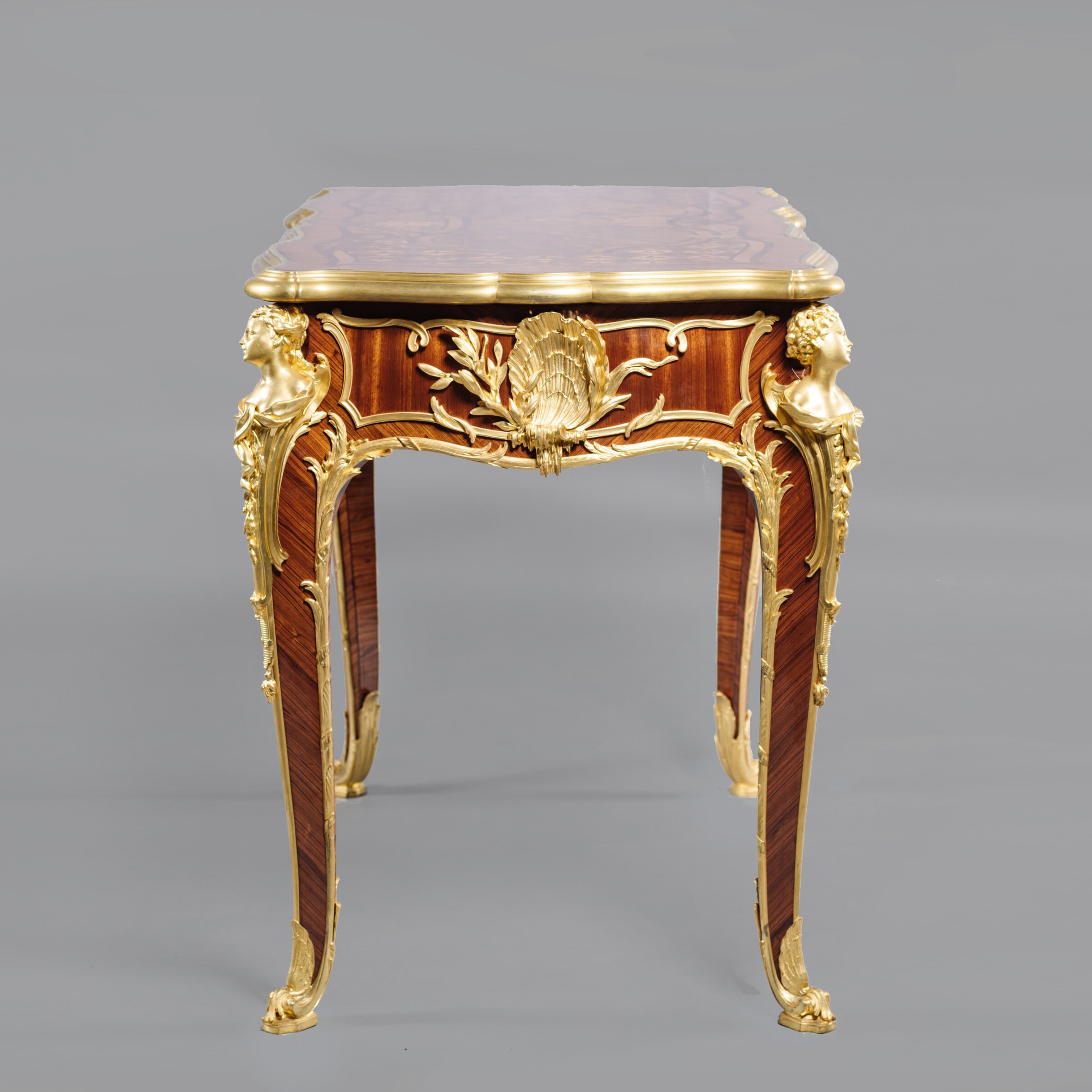
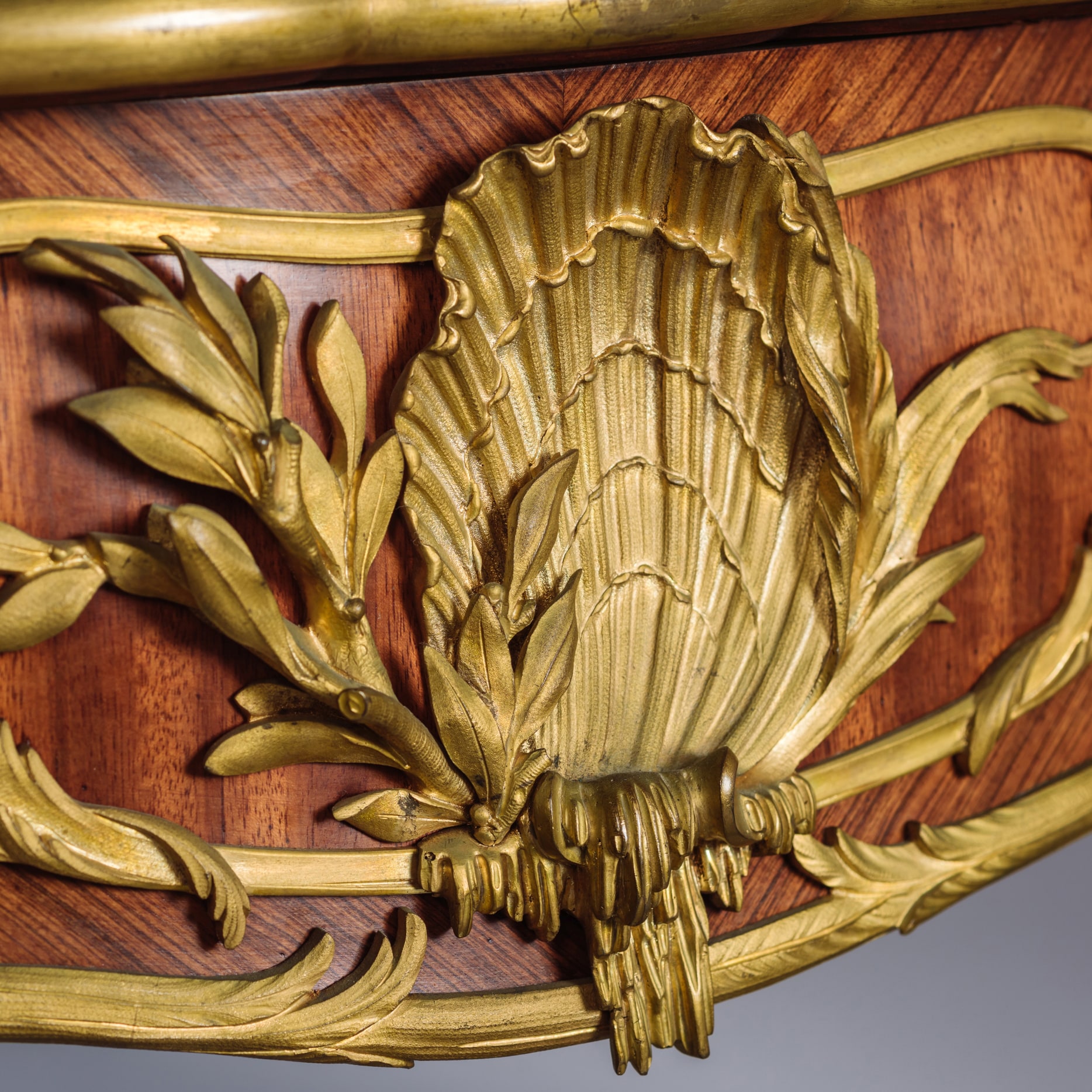


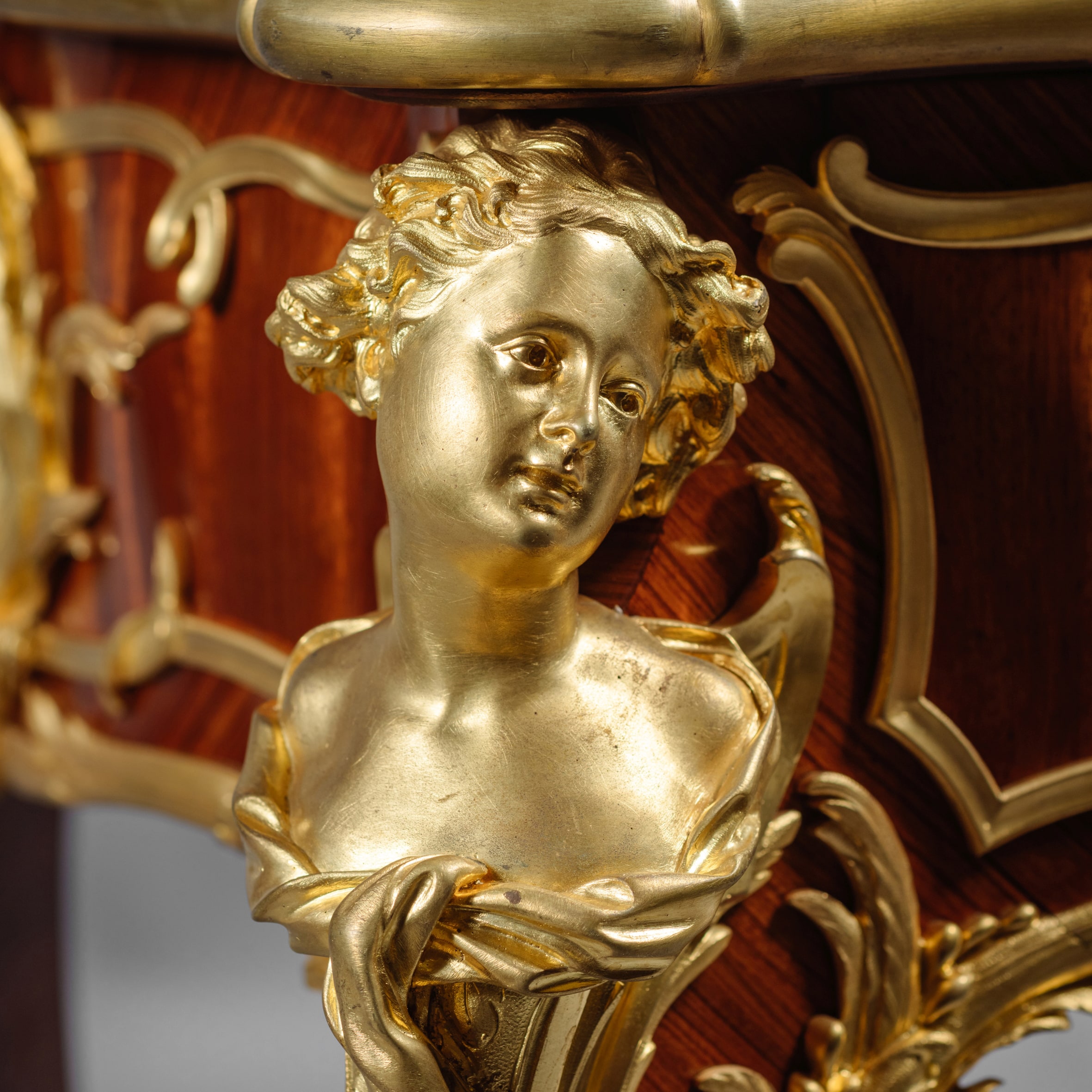
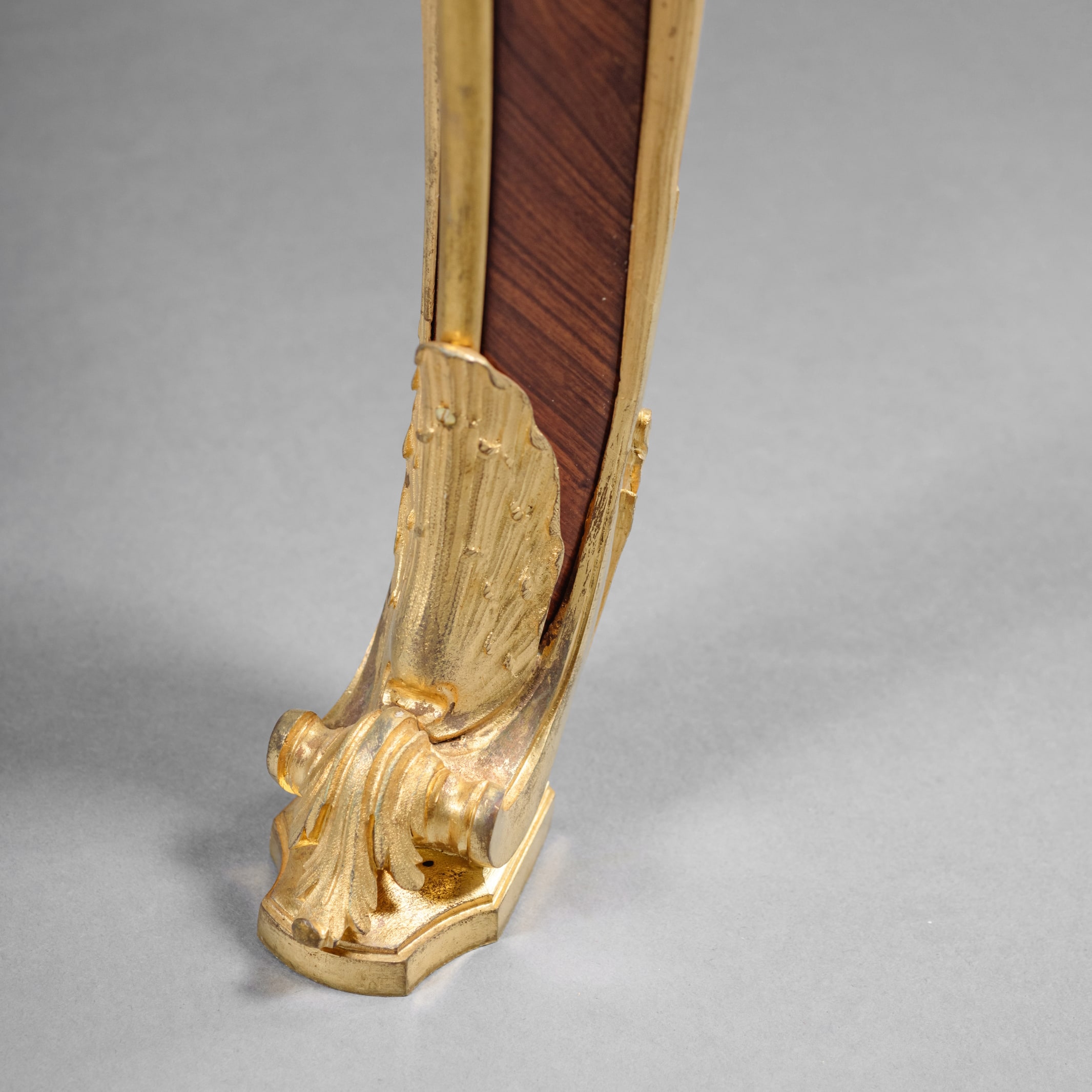
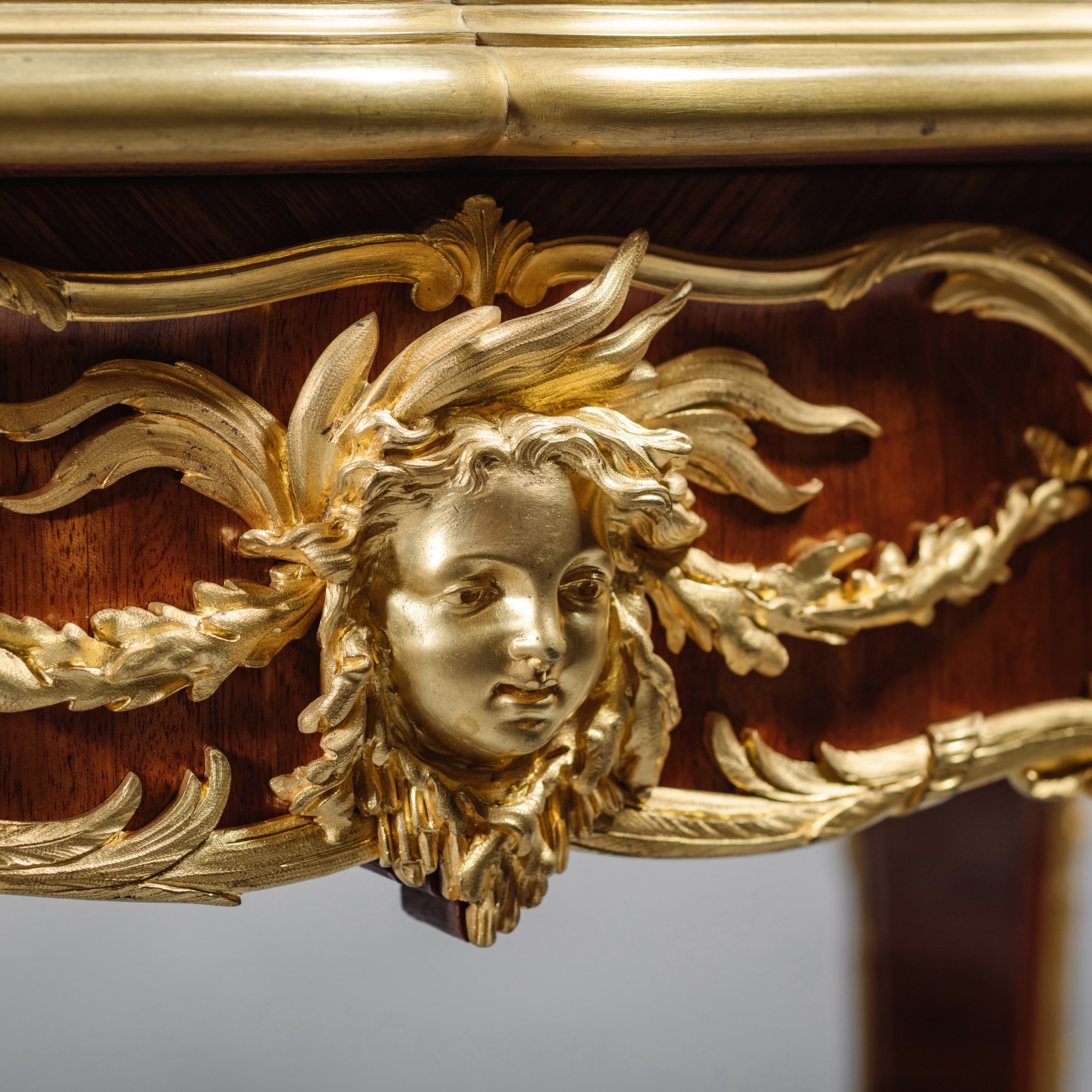
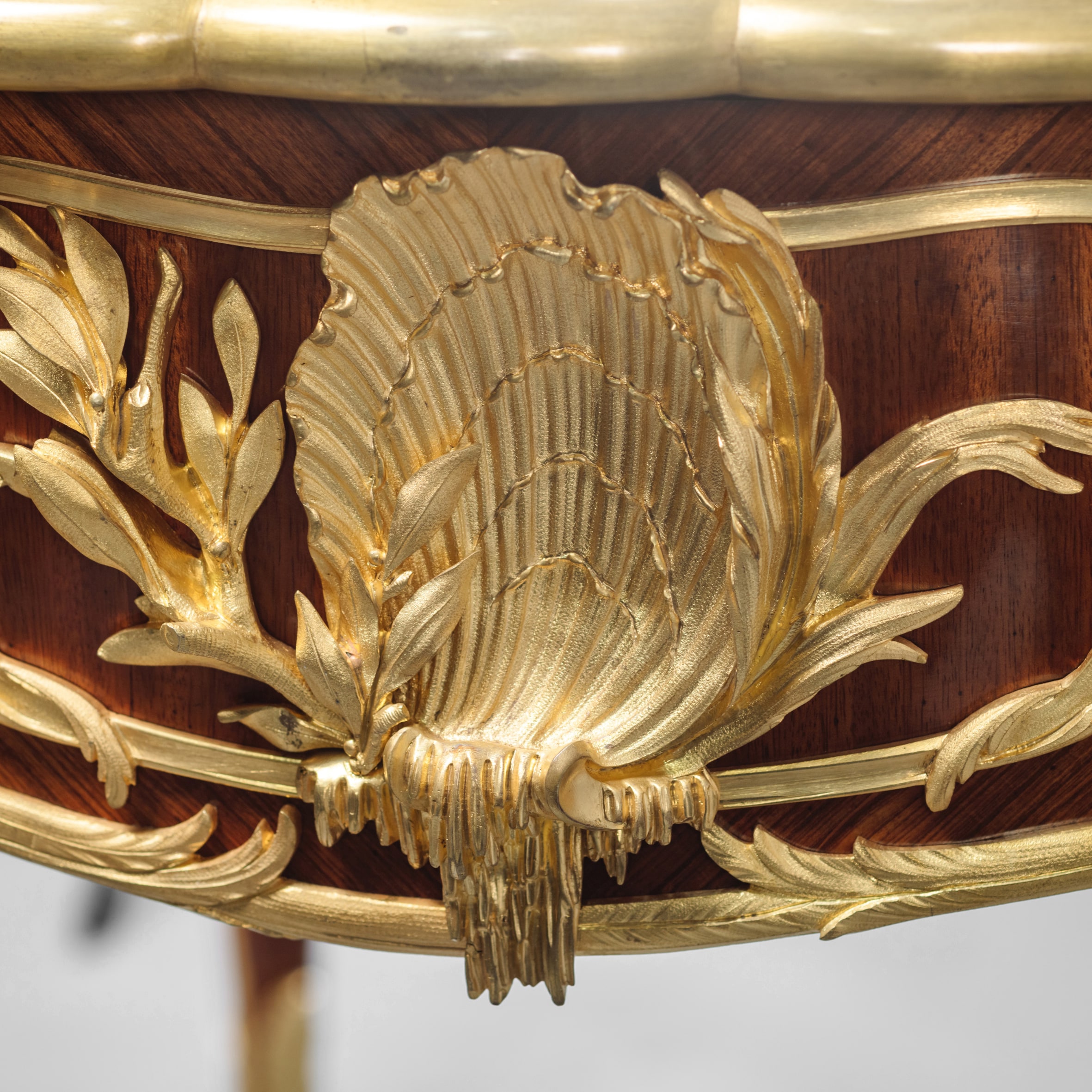
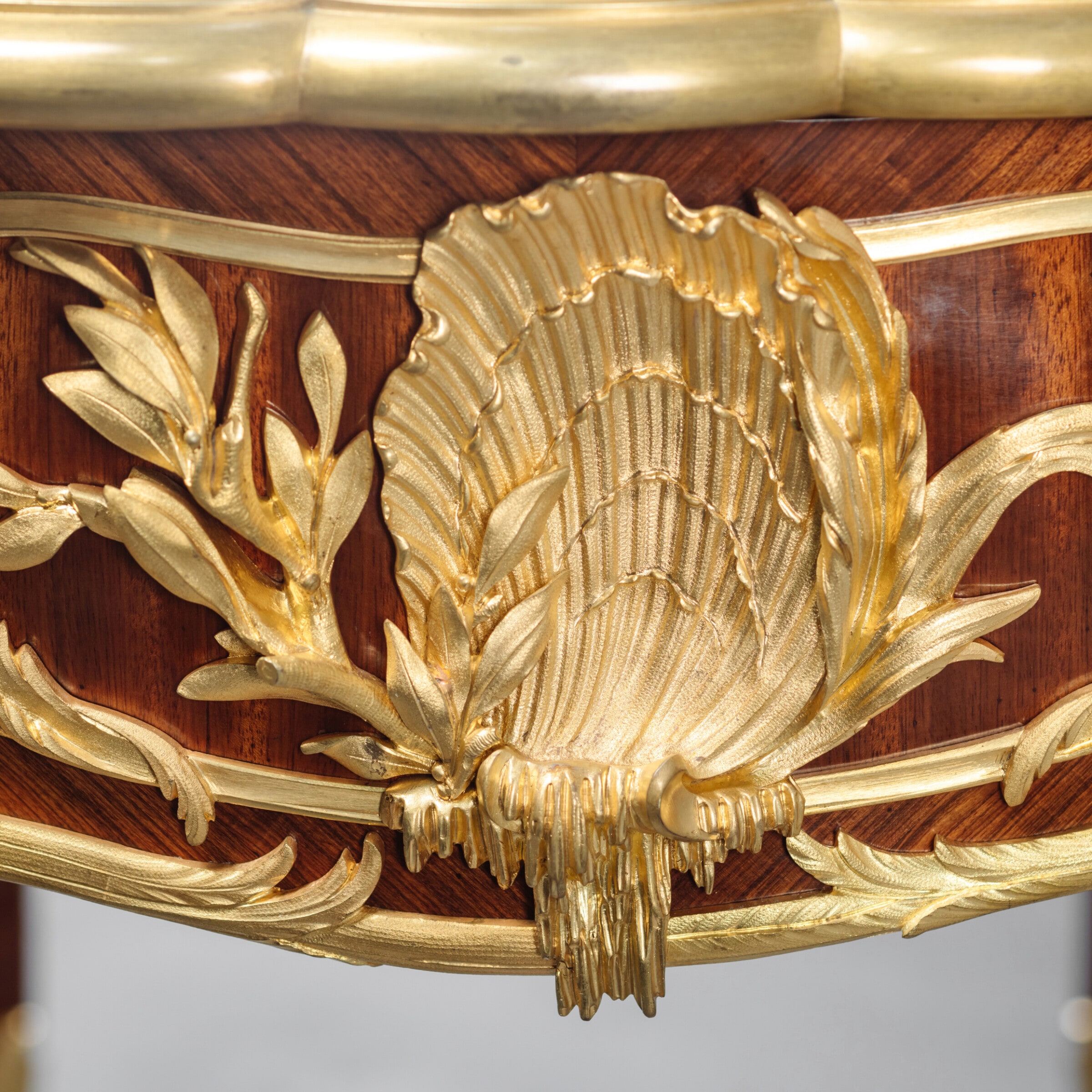
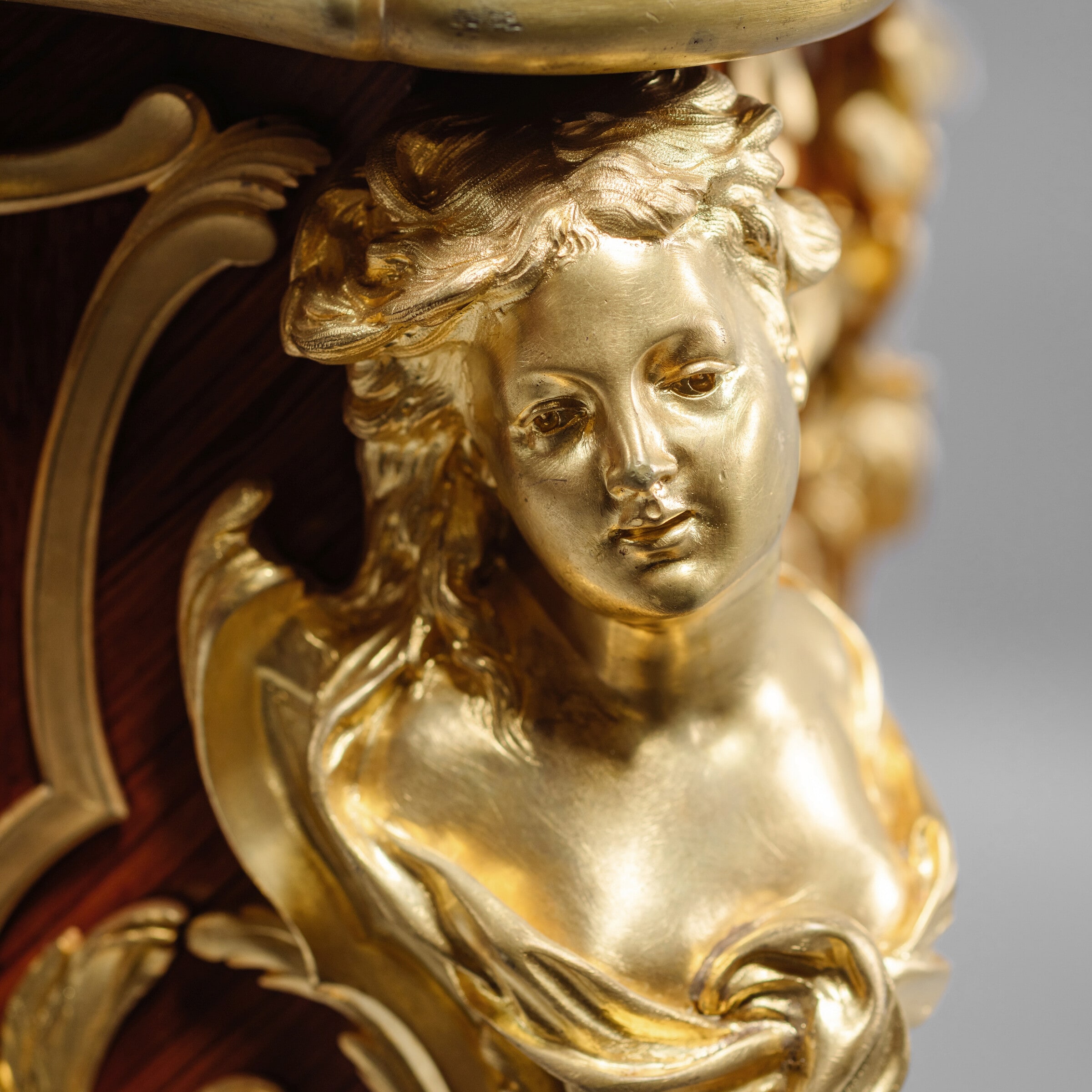
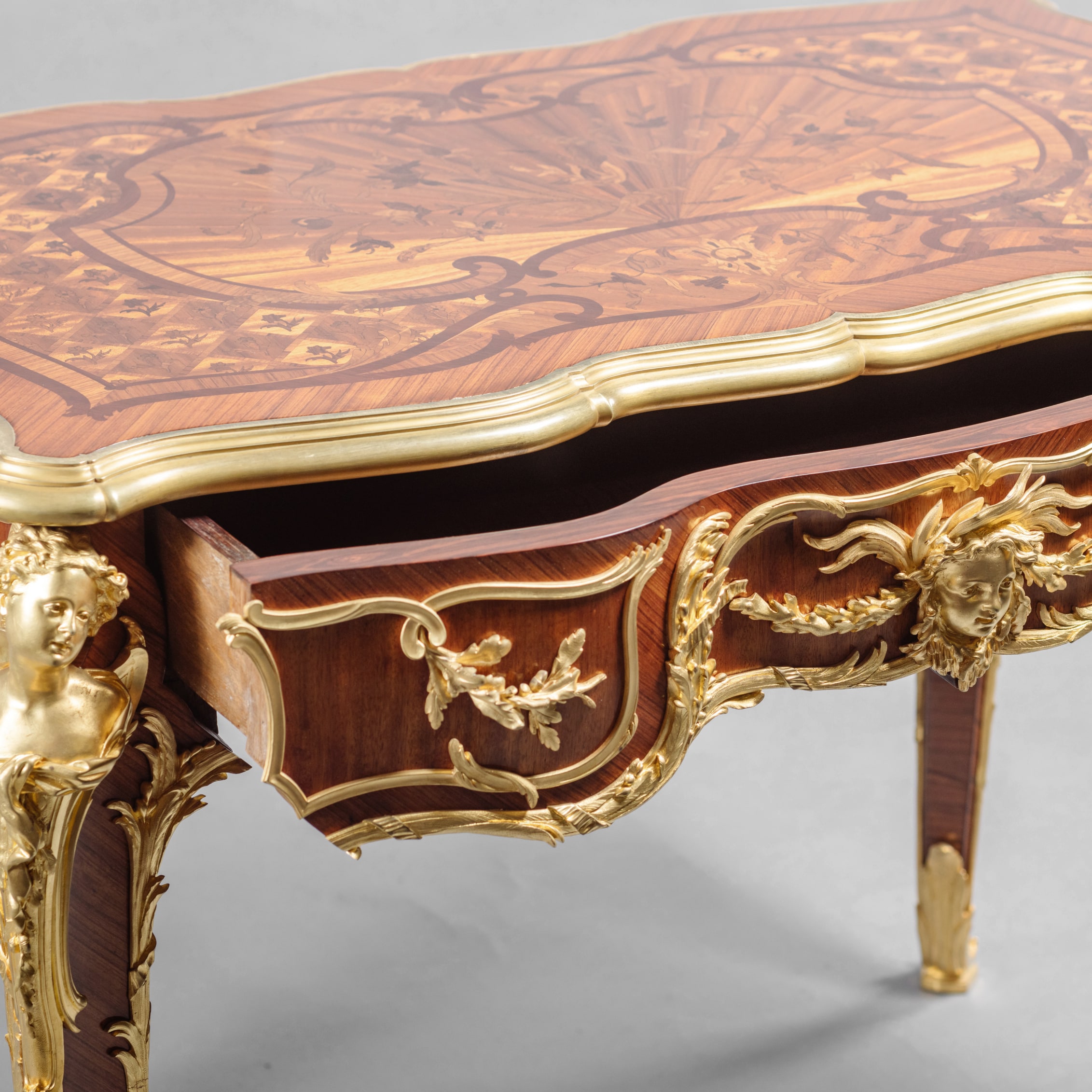
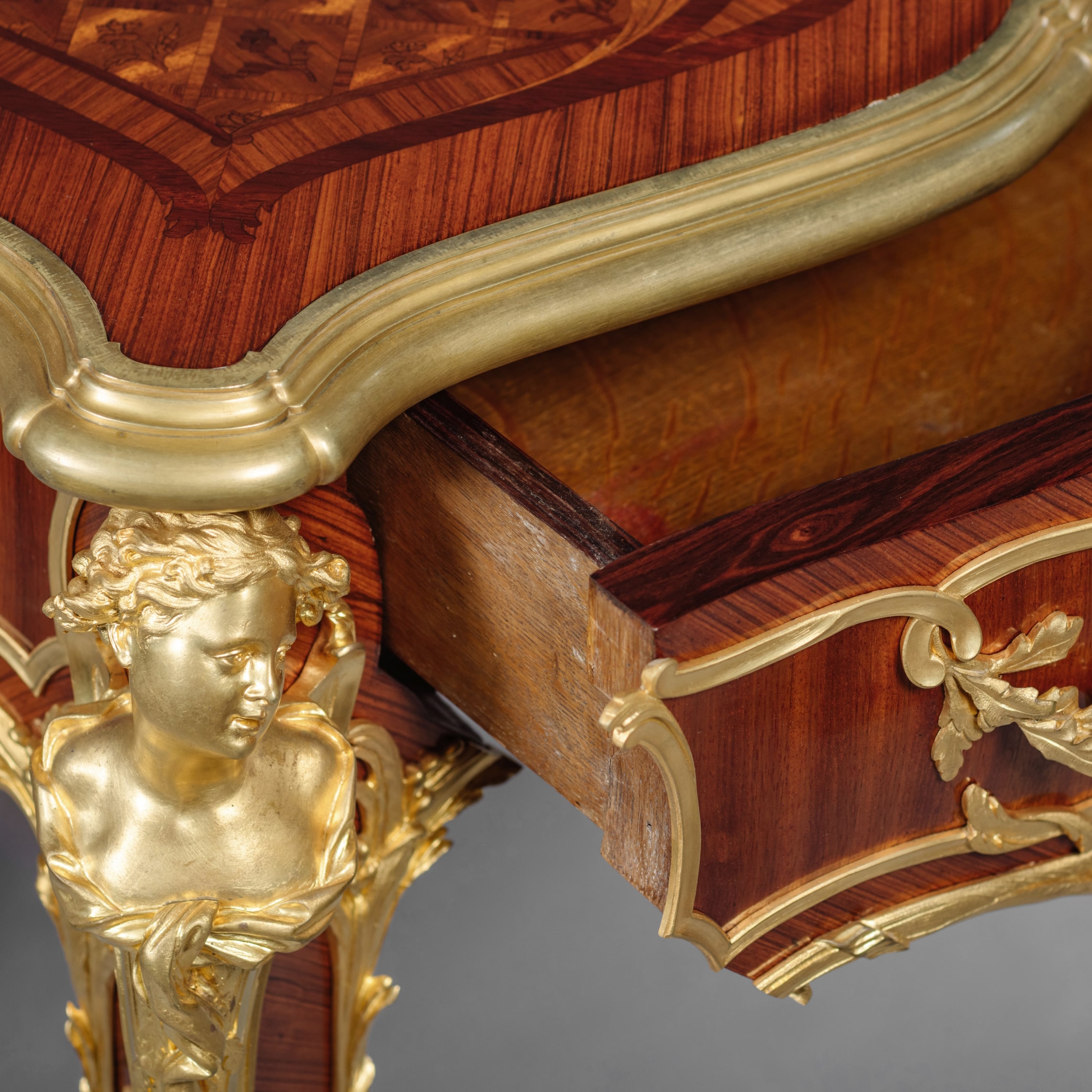
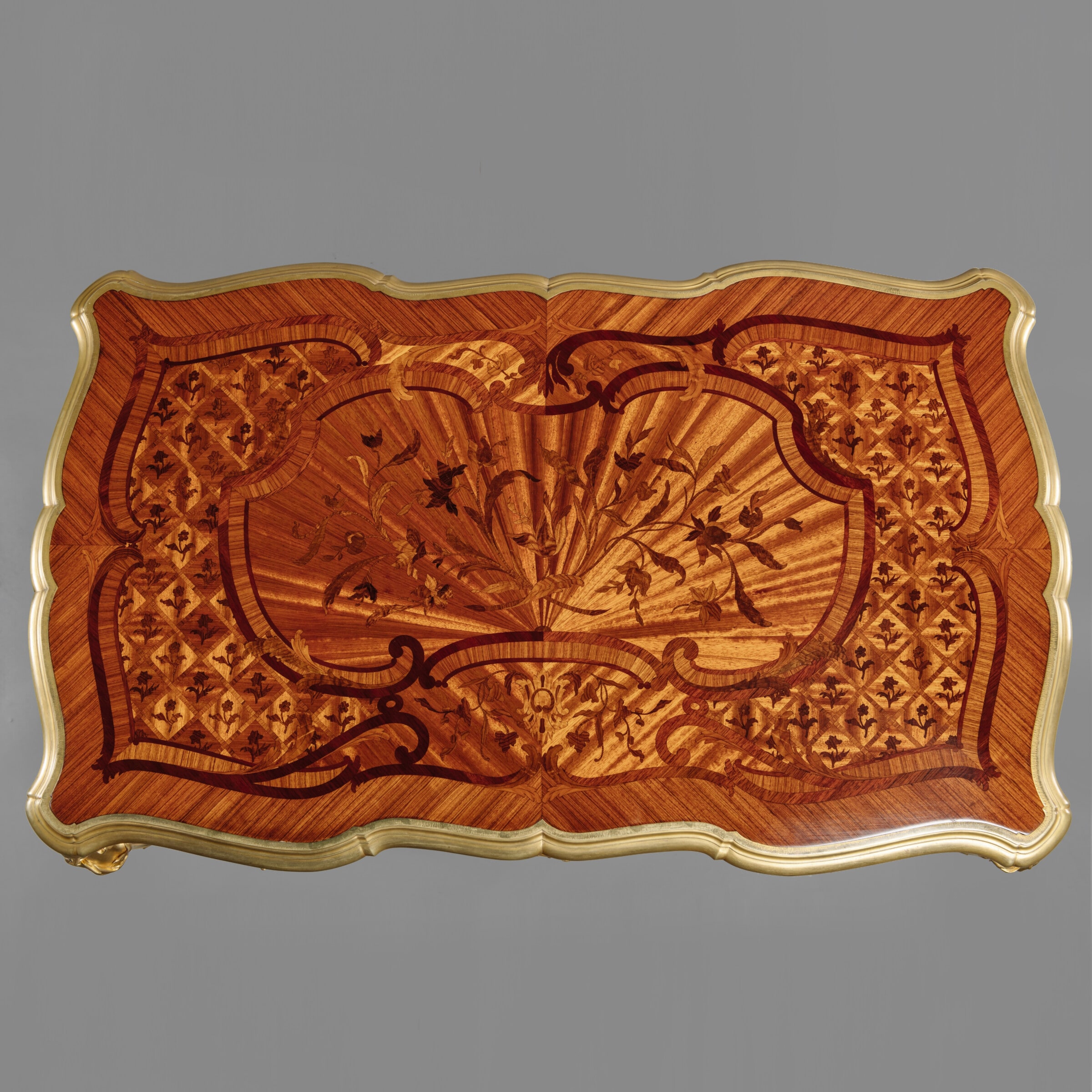
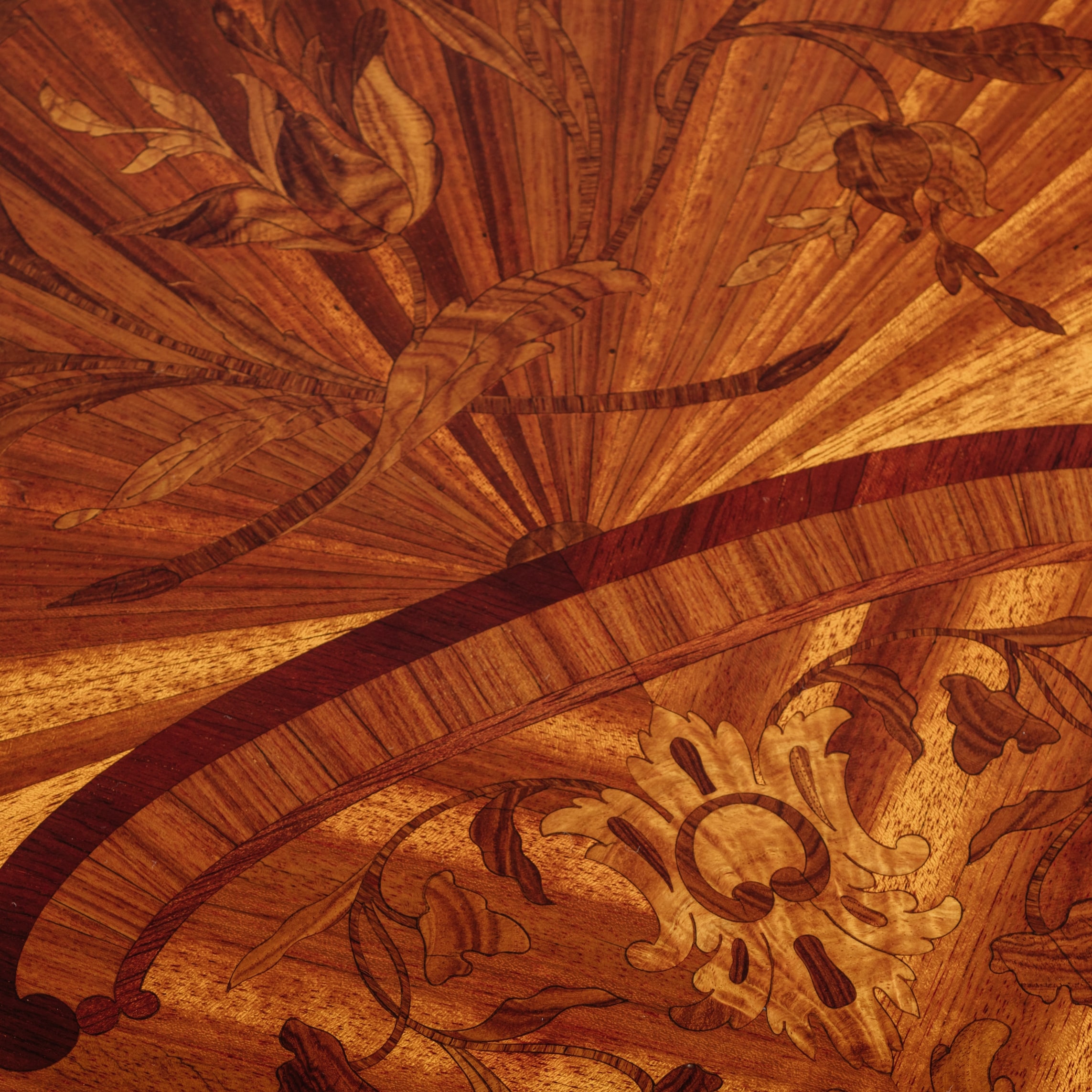
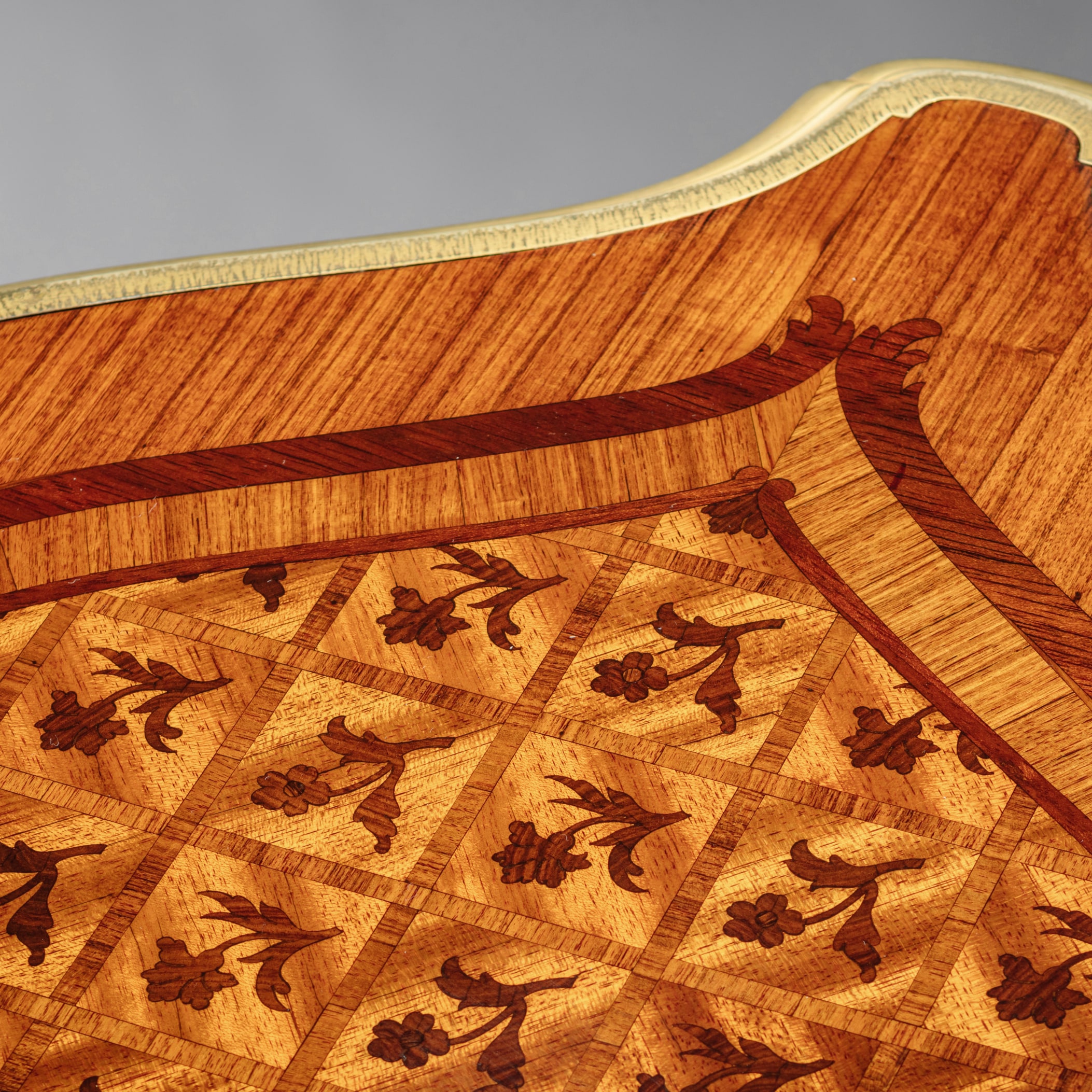

 Print
Print